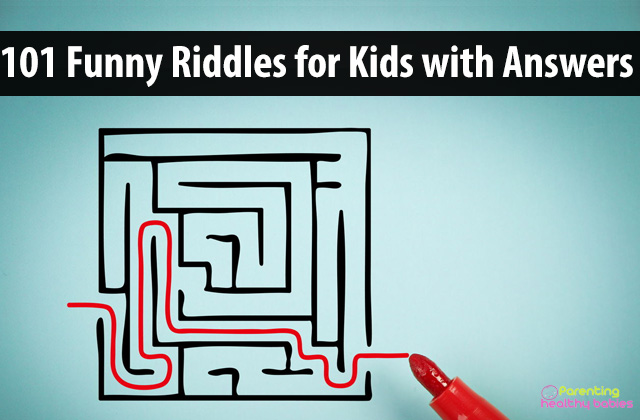Applied behavior analysis (ABA) is a type of autism treatment that determines that behavior, social communication, and learning can be taught through a system of consequences and rewards, through reinforcing positive beliefs and ideologies.
ABA therapy seeks to improve social and communication skills in children with Autism Spectrum Disorders (ASD) and other conditions affecting development. This is done majorly by focusing on the instructor or caregiver’s instructions or cues, the child’s behavior, and the consequence. By focusing on relaying positive behaviors to the child, the expected behavioral change is dependent on the child being able to relate the relationship between good behaviors with a favorable positive consequence. Therefore, the child seeks to portray positive behaviors with the hope of favorable rewards.
How It Works
ABA therapy is specially designed depending on a child’s specific needs. Therefore several processes are required before the treatment commences:
- Assessment
This assessment is vital in establishing specific treatment therapy for the child. Identifying a trained ABA specialist is vital in determining the child’s possible treatment according to their needs and wants. This initial consultation is called a functional behavior assessment (FBA) and is structured to observe the child’s characteristics, behaviors, strengths, and abilities. The specialists seek to observe the child’s communication skills in a family or group setting to determine their social interaction level. They also examine a child’s interaction with their environment, specifically during play or learning time. This observation helps determine the Autism Spectrum Disorder (ASD) level that they may have and find suitable treatments for handling it.
- Treatment plan
After the consultation and assessment, the therapist will form a treatment plan specially formulated for the child. This is dependent on the child’s needs and treatment goals. A specific ABA treatment plan is dependent on the following factors:
- Age of the child: Children below the age of five require specialized care and treatment when dealing with ASD. Older children also require different treatment approaches that focus on more advanced developmental strategies.
- Areas of challenge: As all children are different, they require different treatment approaches. For instance, a child struggling with communication difficulties requires a different treatment plan than one struggling with cognitive learning.
After highlighting the individual treatment plan requirements, caregivers and physicians may work together to ensure the treatment goals are the same. This ensures the approach is facilitated well to get positive results. ABA therapy’s ultimate goal is to ensure that the child develops an affinity towards beneficial and positive behaviors that prevent the likelihood of self-harm or injury and increase communication and motor skills.
Various ABA treatment approaches are available, which are structured based on the child’s needs and abilities. The verbal behavior intervention approach seeks to prompt the child to increase verbal and communication skills. Understanding a child’s verbal and communication abilities helps greatly in assisting them in learning how to communicate efficiently with others. For instance, is the child’s ability to communicate verbally dependant on their social situations? Which social situations hamper their ability to communicate, and which ones encourage? Identifying these situations will help in treating the child effectively.
The Early Start Denver Model (ESDM) is an evidence-based treatment that starts in children from twelve to forty-eight months old diagnosed with Autism Spectrum Disorder. This model seeks to encourage play-based therapy, which helps the child develop positive skills in relationship building and develop integrative skill sets necessary in development.
Discrete trial training is also a treatment approach in ABA therapy that offers rewards for task completion. The trainer breaks down the skills into smaller components, which prompts the child to focus on one at a time. Upon understanding, the child is rewarded with tangible components and proceeds to the next skill.
Pivotal response treatment focuses on key areas in child development, focusing on social interactions, self-management, and response to several cues. This treatment analyzes the child’s motivation to respond positively to these cues through their prompting naturally.
Early Intensive Behavioral Intervention (EIBI) is an intensive and individualized treatment designed for children under five. This treatment focuses on breaking down component behaviors that a child lacks and teaching them separately. This assists the child to be able to learn how to perform skills independently, with the tasks getting complex with the child’s progression. This is crucial in how a child develops social interaction and cognitive learning skills.
The above treatment approaches are effectively made with the help of the parent of the caregivers. The physician or therapist will normally instruct the parents or caregivers on the instructions needed to reinforce positive behaviors even away from the therapy setting. In this way, they can focus on positive behaviors and avoid negative habits that alter behavior.
- Evaluation
The evaluation process enables the physician to observe the different strategies targeted for the child and their progress in the various treatment approaches. This enables them to adapt to other strategies depending on the child’s reception to their individualized plan. This way, the child’s development is progressive and consists of different approaches depending on their target area—the need for consistent treatment is also vital in ensuring successful treatment.
Benefits of ABA
In addition to the benefits highlighted above, ABA offers:
- Improved academics
Children pay attention to their academics more by focusing and concentrating on their work and tasks before them.
- Positive reinforcement
ABA encourages positive behavioral changes by rewarding positive behaviors. This increases the child’s likelihood to use skills that reinforce positive results such as avoiding tantrums, good behavior, and positive social interactions.
Factors to Consider
It is important to get a therapist or physician trained by the board-certified analyst (BCBA) and a registered behavior technician.
It is important to observe the child’s behavior with the therapist to judge whether the treatment will work. Is the child excited with the therapist, and are the skills being taught illicit positive behavioral change? This enables the parent to get a therapist who has a positive impact and relationship with the child to garner positive results.
Observing the child’s dietary changes can also change a child’s behavior. Eliminating certain foods from the child’s diet can help change the child’s behavior and greatly assist with their treatment.
Sources:













